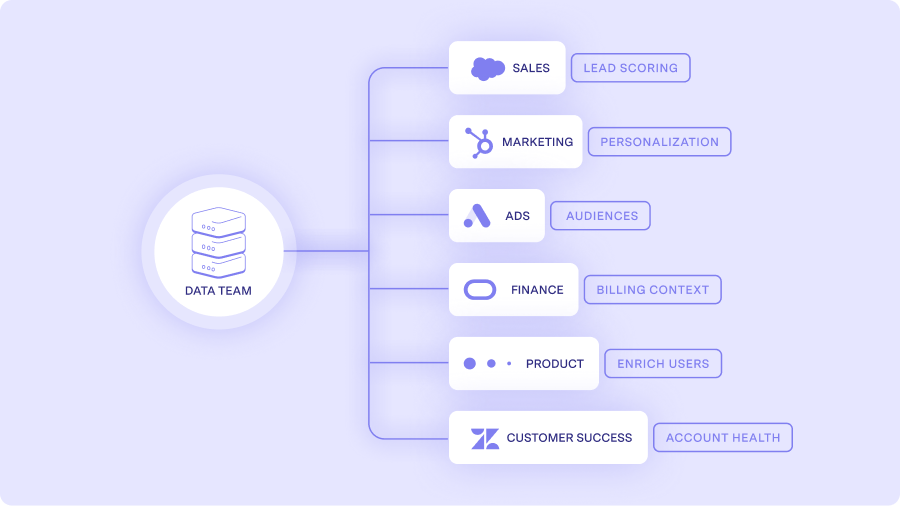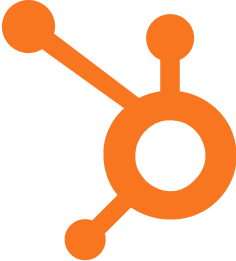Sync your data warehouse to HubSpot
Sync all of your internal customer data straight to HubSpot, so you can create hyper-targeted lists and send personalized messages







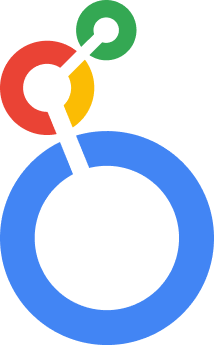


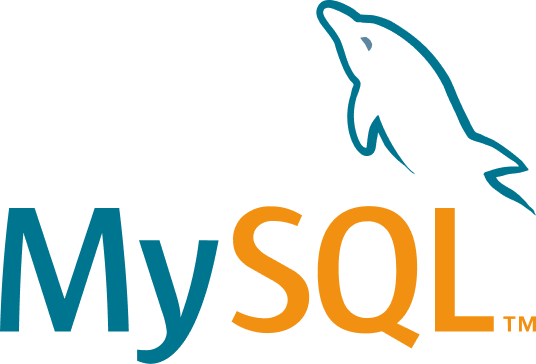









360° Customer Profiles
Your stack is composed of 10+ tools. Each one has data about your customers; none have the full picture. With Census, unify that siloed data into a bespoke 360° customer profile that stays in sync across all tools, so your team doesn't have to go to 5 different places to understand their customers.
Dynamic Audiences
Create granular segments or audiences based on any data so you can send personalized emails, show ads to inactive users to reengage them, promote new features to users who will benefit the most, and many more use cases.
Marketing Personalization
Send the right message to the right person every time, all the time. Automatically educate and nurture customers to create upsell opportunities, send product recommendations based on customer behavior, and trigger campaigns based on calculated metrics with up-to-date data.
Learn how to connect HubSpot and Census
Lorem ipsum headline here
1. unify & Define
Stop waiting on the
data you need
Add industry data to account records in Salesforce, classify contacts by persona, or calculate custom discounts based on LTV. Census AI columns can do it all in seconds—without a single line of code.

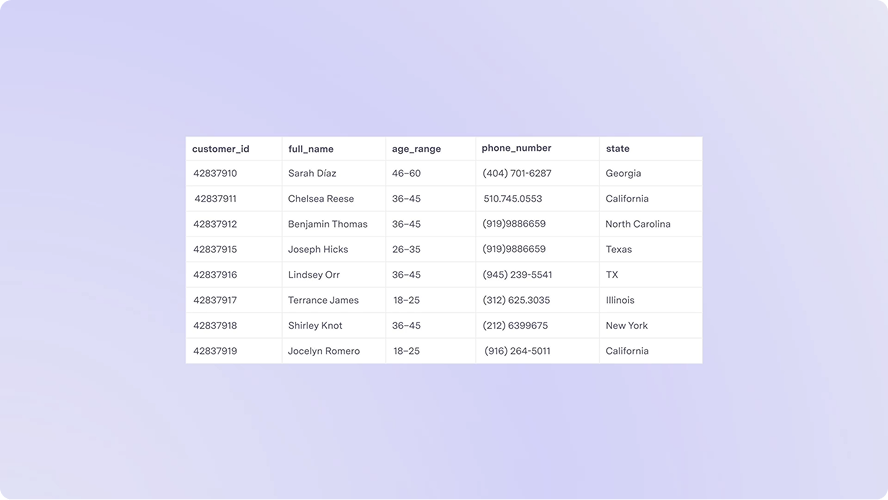
2. enrich and enhance
Deeper insights.
Faster activation.
Draft personalized email content, classify outbound responses with sentiment analysis tools, and calculate the most engaging follow up content for prospects. Sync it all directly to your outbounding and nurture platforms.

3. unify & observe
Enrich and classify
customer profiles
Remove special characters or misaligned case formats from data with the click of a button. Create rollup calculations in seconds to ensure that the data you need is always ready to sync.
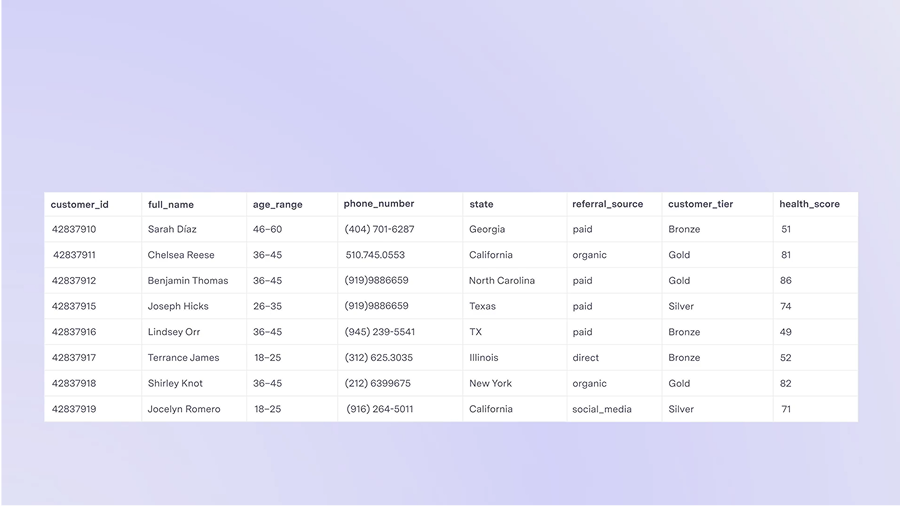
Where can Census sync to in HubSpot?
CRM API Companies
In HubSpot, the companies object is a standard CRM object. You can use individual company records to store information about businesses and organizations within company properties. The companies endpoints allow you to manage this data and sync it between HubSpot and other systems.
CRM API Contact
In HubSpot, contacts store information about individuals. From marketing automation to smart content, the lead-specific data found in contact records helps users leverage much of HubSpot's functionality. The contacts endpoints allow you to manage this data and sync it between HubSpot and other systems.
Events API Web Analytics
Use the web analytics API to fetch events associated with CRM records of any type. This includes standard events, such as website page views and email opens, as well as custom behavioral events.
“Activating all our first-party data gives our digital marketing team the ability to generate customized and personalized customer lists at speed.


A single source of truth in all your tools
Census is the easiest way to share a consistent view of your data across your entire business. Define your models, metrics, and business logic in your data warehouse and sync them to all your operational tools.
- Create trust in consistent metrics
- Automate confidently with clean data
- Simplify your data integration strategy
- Improve data security and visibility
